
|
ECGbook.com Making Medical Education Free for All |
Upload ECG for Interpretation |

|
ECGbook.com Making Medical Education Free for All |
Upload ECG for Interpretation |

Atherosclerosis and Acute Coronary Syndrome
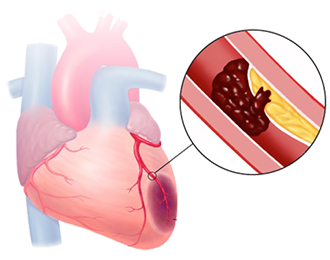

Dynamics of Ischemia after Occlusion

ST Segment and Acute Coronary Syndrome
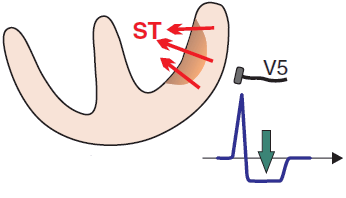
Subendocardial Ischemia

Subepicardial Ischemia
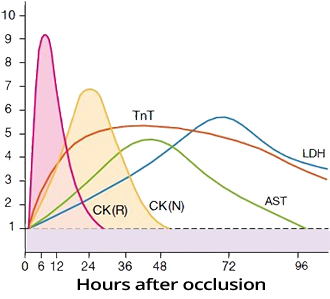
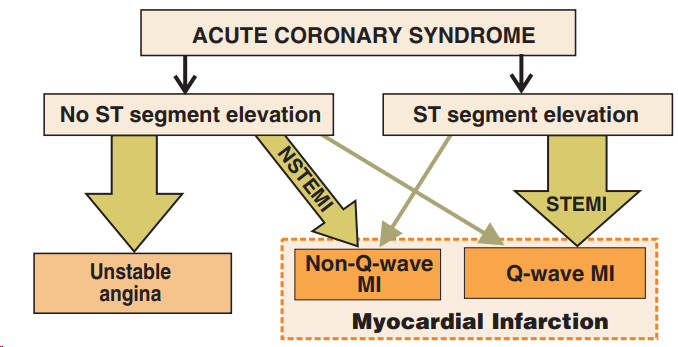

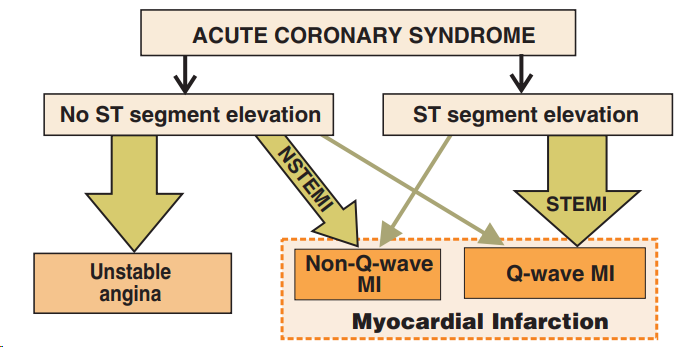
Acute Coronary Syndrome
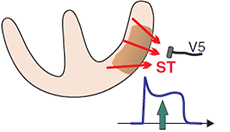
STEMI Infarction

NSTEMI Infarction
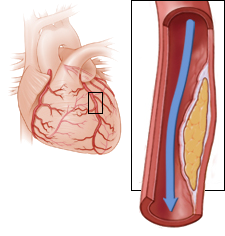

Ischemia Post-Ergometry
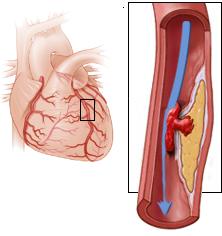
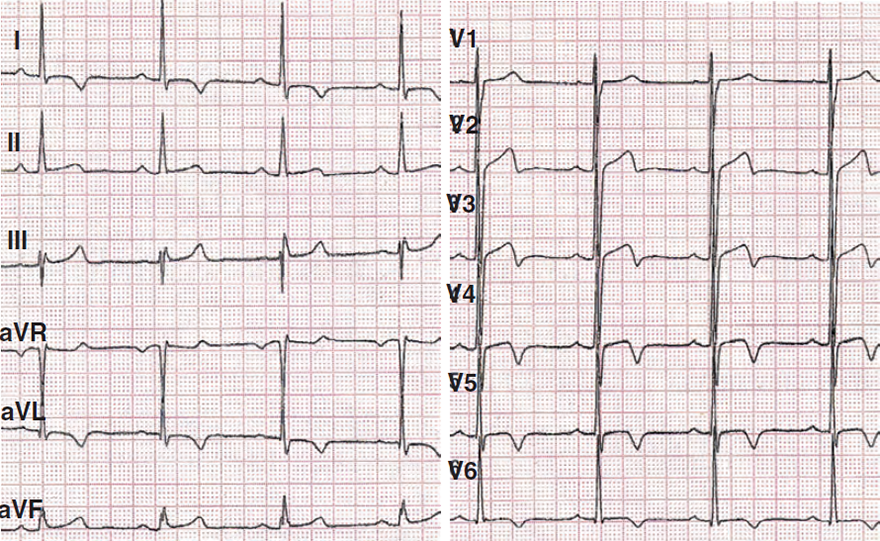
Unstable Angina Pectoris
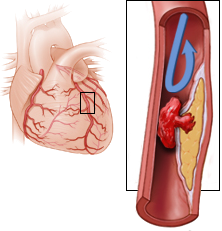
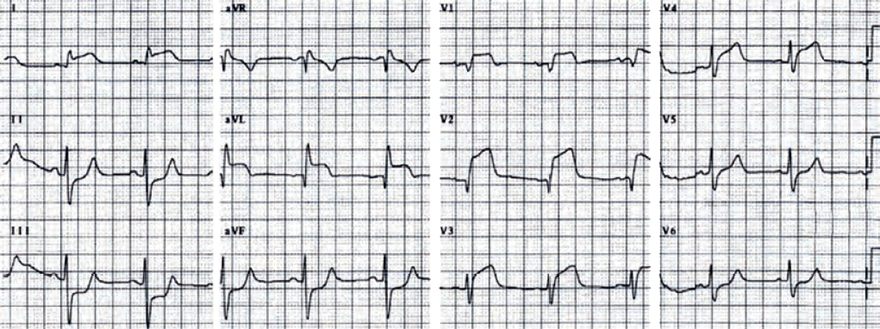
Acute STEMI of the Anterior Wall
Sources

Atherosclerosis and Acute Coronary Syndrome
Dynamics of Ischemia in Occlusion
|

|

Dynamics of Ischemia after Occlusion

ST Segment and Acute Coronary Syndrome

Subendocardial Ischemia
|

Subepicardial Ischemia
|
Troponin and Infarction
|

|

Acute Coronary Syndrome (ACS)
|

|

Acute Coronary Syndrome
Nomenclature of Infarction
|

STEMI Infarction
|

NSTEMI Infarction
|

|
Ischemia Post-Ergometry
|

|

|
Unstable Angina Pectoris
|

|

|
Acute STEMI of the Anterior Wall
|

|
Sources